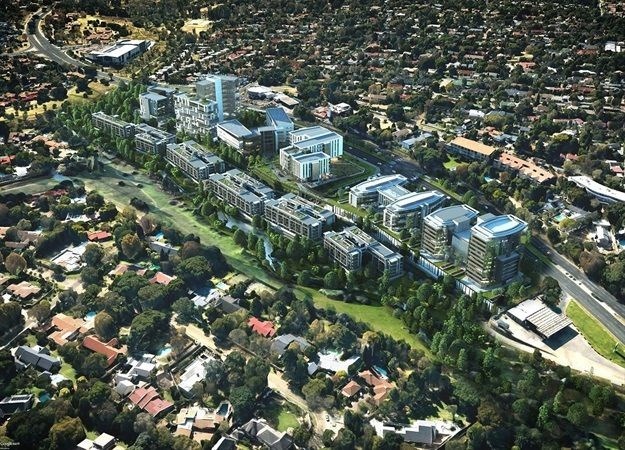Marketing & Media trends
Industry trends
BizTrends Sponsors
#BizTrends2018: Green building on the rise in South Africa

SA set to be global green building leader by 2019
According to the Dodge Data Analytics World Green Building Trends 2016 SmartMarket Report, South Africa has the highest green share currently of any country in the study and could become a leader in the green building sector in 2019.
Green building in South Africa currently accounts for almost half (41%) of building project activity, compared to the global average of 24%. 61% of building projects in SA are expected to be green by 2018, almost double the projected global average of 37% for that year. And, most interestingly, the right thing to do is the top trigger driving future green activity in South Africa.
The business case supporting green buildings is very clear
The Green Building in South Africa: Guide to Costs and Trends Report compiled by the GBCSA, the Association of SA Quantity Surveyors (ASAQS) and the University of Pretoria (UP) and released in July 2016, found that the average cost premium of building green over and above the cost of conventional construction – or green cost premium – is a mere 5.0% and can be as low as 1.1%.
This study, combined with the annual MSCI/GBCSA Sustainability Index, which consistently shows that in South Africa green buildings yield a higher return on investment, make a very strong business case for green buildings to developers, property owners and corporates.
Green buildings are good for people and productivity
The Building the Business Case: Health, Wellbeing and Productivity in Green Offices report, released by the World Green Building Council in October 2016, reveals that investing in greener offices can also have a dramatic impact on a company’s bottom line by improving employee productivity and reducing absenteeism, staff turnover and medical costs.
Key findings of the report include a 66% decrease in sick leave at a company in North England and doubling of call centre productivity at Saint-Gobain in the US. A separate study, also undertaken in 2016 by the Harvard T.H. Chan School of Public Health and SUNY Upstate Medical University, found that employees who work in certified green buildings have higher cognitive function scores, fewer sick building symptoms and higher sleep quality scores than those working in non-certified buildings.
Shift from green buildings to green cities
Locally and internationally, the focus has moved from green buildings to green precincts and cities, so that the positive impact is greater – and faster – than singular buildings. The earth’s population is set to double by 2050, requiring a staggering 89-billion tonnes of natural resources per year, more than double the 40-billion tonnes we currently use. But if a sustainable growth scenario occurred, where everyone lived in a green building, used bus-rapid-transit and were powered by a series of mini-grids connected to renewable energy sources, experts believe there would be a 40% saving in total quantity of resources consumed – bringing us back almost to the resource usage of today.
Net Zero is the future
With a view to achieving accelerated change in the built environment in order to reduce CO2 emissions from the buildings sector by 84 gigatonnes – the equivalent of not building 22,000 coal-fired power plants – by 2050, the GBCSA has introduced Net Zero or Net Positive certification, which rewards highly efficient buildings, with remaining demand supplied by on-site and/or off-site renewable sources or through offsets. The GBCSA’s rating tool recognises projects for completely neutralising (Net Zero) or positively redressing (Net Positive) their environmental impacts under four categories: carbon, water, waste and ecology. Four projects have already been certified Net Zero in SA.





